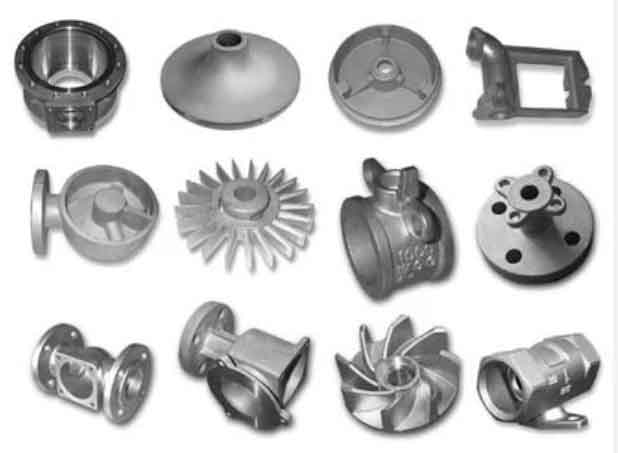Advancements in ductile iron casting have opened up new horizons in metal fabrication, allowing for enhanced properties, improved production techniques, and expanded applications. Some notable advancements include:

- Alloying and Heat Treatment: Innovations in alloying elements and heat treatment processes have led to the development of high-strength ductile iron grades. These advancements enable the production of components with even higher mechanical properties, making them suitable for critical applications in aerospace, automotive, and heavy machinery industries.
- Thin-Wall Casting: Advancements in molding and gating systems have facilitated the production of thin-wall ductile iron castings. This has led to weight reduction in components without compromising on strength and performance, making ductile iron a viable option for lightweighting in automotive and aerospace applications.
- Squeeze Casting: Squeeze casting is a hybrid process that combines the advantages of both casting and forging. It allows for the production of high-integrity ductile iron castings with improved mechanical properties and enhanced surface finish, making it suitable for critical components subjected to high loads.
- Additive Manufacturing (3D Printing): Additive manufacturing techniques, such as 3D printing with ductile iron powder, offer the potential to create complex shapes and intricate geometries that were previously difficult or impossible with traditional casting methods. This opens up opportunities for rapid prototyping and customized components.
- Simulation and Modeling: Advanced computer simulations and modeling techniques have enabled more accurate predictions of the casting process and component performance. This has led to improved casting designs, reduced defects, and enhanced product quality.
- Automation and Robotics: Automation and robotics in ductile iron casting facilities have streamlined production processes, leading to increased efficiency, reduced cycle times, and improved consistency in casting quality.
- Environmentally Friendly Practices: Sustainable foundry practices, such as using recycled scrap iron and optimizing energy consumption, have reduced the environmental impact of ductile iron casting processes.
- Quality Control and Non-Destructive Testing: Advancements in non-destructive testing methods, such as X-ray and ultrasonic testing, ensure the detection of internal defects and flaws in castings, ensuring higher quality and reliability.
- Metal Matrix Composites: Incorporating ceramic or metallic reinforcements in ductile iron matrix has resulted in the development of metal matrix composites, offering improved properties, such as wear resistance and thermal conductivity.
- Digitalization and Industry 4.0: Industry 4.0 technologies, including IoT (Internet of Things) and data analytics, are being integrated into ductile iron casting processes to optimize production, monitor equipment health, and improve overall efficiency.
These advancements in ductile iron casting have transformed the way components are designed, manufactured, and utilized across a wide range of industries. As research and technology continue to evolve, ductile iron casting will likely remain a key player in modern metal fabrication, offering superior performance, cost-effectiveness, and versatility.
